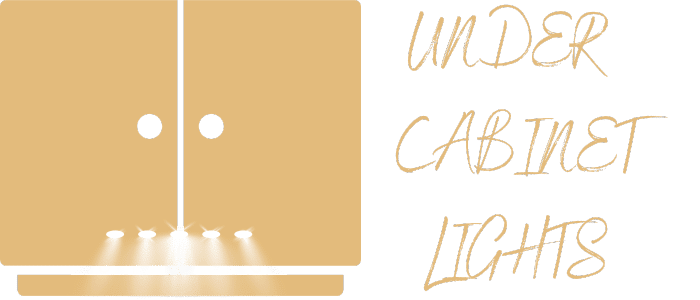When it comes to creating the perfect storage space, it’s like building a cozy nest for all your belongings. In ‘From Concept to Creation: Designing Your Ideal Storage Space,’ I will guide you through the process of turning your storage dreams into reality. We all desire a sense of belonging, and having a well-designed storage space is essential for that. Together, we will assess your storage needs, analyze space constraints, select suitable storage solutions, plan the layout and organization, and finally, implement and maintain your storage space. By the end of this journey, you will have a storage space that not only fits your needs but also makes you feel right at home. Let’s get started!
Assessing Your Storage Needs
To assess my storage needs, I will begin by evaluating the items I currently have and determining their specific requirements. This involves carefully examining my inventory and considering its size, shape, and fragility. By doing so, I can identify any special accommodations that need to be made, such as temperature-controlled storage for delicate items. Additionally, I will prioritize my belongings based on their frequency of use and importance to me. This will help me maximize space by placing frequently used items within easy reach and storing less frequently used items in less accessible areas. Furthermore, I will consider the potential for future growth and expansion of my inventory, allowing me to plan for additional storage space if needed. By evaluating my inventory and maximizing space, I can create a storage solution that meets my specific needs and ensures a sense of belonging for all my belongings.
Analyzing Space Constraints
I’ll start by examining the limitations of my available space. When it comes to designing my ideal storage space, it’s crucial to understand the constraints I’m working with. To optimize vertical space, I can consider installing shelves or cabinets that reach higher up on the walls. This will help me make the most of the vertical space in the room. Additionally, I can utilize underutilized areas such as the space under the bed or the back of doors. These areas often go unnoticed but can provide valuable storage opportunities. By analyzing my space constraints and finding creative ways to optimize vertical space and utilize underutilized areas, I can design a storage solution that maximizes every inch of my living space.
| Space Constraints | Possible Solutions |
|---|---|
| Limited floor space | Install vertical shelves or cabinets |
| Underutilized areas | Utilize space under the bed or back of doors |
Selecting Suitable Storage Solutions
When selecting suitable storage solutions, I consider the functionality and design of each option. Maximizing efficiency is crucial, as it allows me to make the most of the available space while keeping my belongings organized. I look for storage solutions that offer multiple compartments or adjustable shelves, allowing me to customize the layout to fit my specific needs. Additionally, I prioritize budget-friendly options that don’t compromise on quality. By doing thorough research and comparing prices, I can find affordable storage solutions that meet my requirements without breaking the bank. It’s important to strike a balance between functionality, design, and cost when selecting storage solutions, ensuring that I create a space that not only maximizes efficiency but also feels like a welcoming and organized haven.
Planning the Layout and Organization
One important aspect of planning the layout and organization of my ideal storage space is ensuring that each item has a designated place. This not only promotes a sense of order and organization, but it also maximizes efficiency and makes it easier to find and access items when needed. To achieve this, I will carefully assess the items I have and categorize them accordingly. I will also consider utilizing vertical space, such as installing shelves or hanging storage solutions, to make the most of the available area. By doing so, I can optimize the use of space and create a storage system that is not only functional but also visually appealing. This will help me create a space where everything has its own place, and I can easily find what I need, promoting a sense of belonging and peace of mind.
Implementing and Maintaining Your Storage Space
To effectively implement and maintain my storage space, I consistently assess and reorganize items, ensuring everything has a designated place. Maximizing efficiency is key in keeping my storage space functional and clutter-free. By regularly evaluating the contents of my storage, I can identify items that are no longer needed or used and declutter accordingly. I prioritize keeping only the essentials and finding creative storage solutions for the rest. Implementing organization systems such as labels, bins, and shelves helps me categorize and locate items easily. Additionally, I make it a habit to put things back in their designated spots after use to prevent clutter from accumulating. By staying proactive and disciplined in maintaining my storage space, I create a welcoming and organized environment for myself and others.
Conclusion
In conclusion, designing your ideal storage space requires careful assessment of your storage needs, analysis of space constraints, selection of suitable storage solutions, and planning for efficient layout and organization. Implementing and maintaining your storage space is crucial for a clutter-free and organized environment. By following these steps, you can create a storage space that meets your needs and enhances the functionality of your home or workspace.
